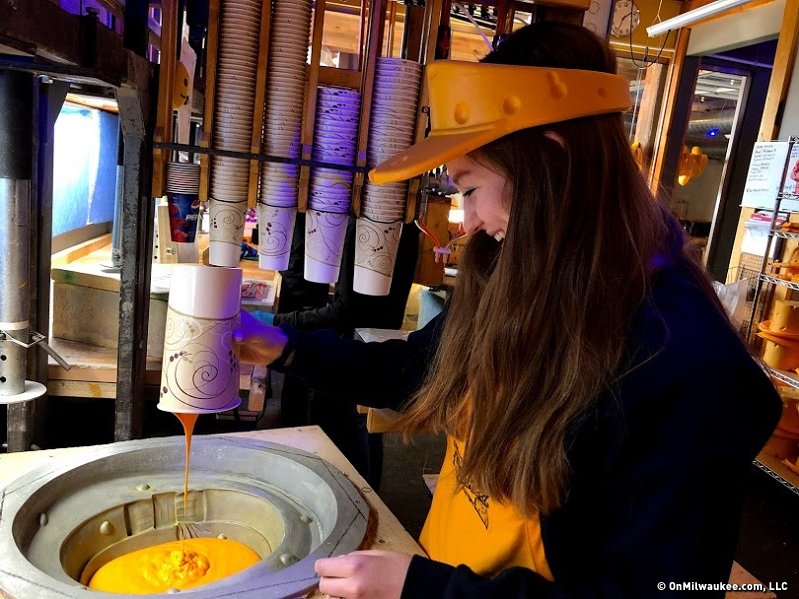You're locked in a room – and the only way to exit is to solve your way out through clues. It may sound like a nightmare or a horror movie, but for many, this is a fun night on the town.
I’d never done an escape room before, but I’d heard lots of good things about them. It’s a great way to work on your communication skills with friends or to teambuild with your office coworkers. Or to just have unique time on a Friday night – which is what I had in mind when I grabbed two friends who seemed like they had strong wits and went to Escape the Room in the Third Ward.
The place has four different themed rooms: Dig, a mixture of Indiana Jones and "The DaVinci Code"; The Agency, a blend of James Bond and Austin Powers; the classic Apartment, which is also the easiest; and Rec Room, an '80s themed room.
My group chose The Agency, because that was one of the only rooms with ticket availability and an open time slot that wasn’t hours in advance. It turned out to be the hardest escape room based on statistics (and my group’s feelings). It has a 15 percent success rate – meaning just 15 percent of all people who try to escape the room actually win. But we started off hopeful that we would be part of the 15 percent.
We were paired with two other couples who seemed to be on a double date. Three of those four people from outside our group seemed to be into it, helping us look for clues and solving the puzzles. The one person who wasn’t super enthusiastic about the game just stood around, not being useful and was kind of a buzzkill. So, my first tip of advice to you is if you’re going to go to an escape room, make sure you actually want to be there – or you’ll be ruining it for everyone else.
No photos or videos were allowed inside the rooms, so I can’t show you what the inside looked like. But it was a spy themed room with a bar, desk, china cabinets, paintings that flipped over with hidden stuff behind them and other secret components.
As we soon found out, tackling an escape room is a lot harder than it sounds. You really have to think outside the box when looking for clues. No idea is stupid, even if it seems like it, because for an escape room you want to try every possible idea. I grew to really enjoy the different way of thinking that the escape room required.
I also enjoyed the surprise aspect, which is why I won’t give anything away. Whenever you solved a clue, pushed a button or figured something out, you weren’t always sure what was going to happen next. Something could pop out at you or something as subtle as a drawer unlocking could happen. Part of the fun was figuring out what you helped happen – and taking the puzzle from there.
We got about two thirds of the way through the game when we hit an obstacle. The briefcase we were trying to open didn’t budge, and we were pretty sure we had the correct code. We tried other codes and it still wouldn’t open. We were still stuck on this obstacle when the timer ran out; we only had 60 minutes to complete the escape, which was the fastest hour of our lives.
The ClueMaster watched us via a closed circuit television to make sure we weren’t breaking any rules – or breaking any furniture. When he came into the room at the end, because we failed to escape, he walked us through the rest of the steps we would’ve taken to get out.
Apparently, the briefcase that we couldn’t get open was messed up. The code we were trying was correct, but someone before us reset the code (either on purpose or by accident; we don't know) to some unknown combination. So, the fact that we got stuck wasn’t our fault. But still, who knows how far we could’ve actually gotten even if the briefcase wasn’t a bust. As the ClueMaster revealed the rest of the steps, we stood in bewilderment, saying to ourselves, "There’s no way we would’ve thought of that."
Looking back, I would love to explore a different room at Escape the Room. But maybe an easier one next time.







